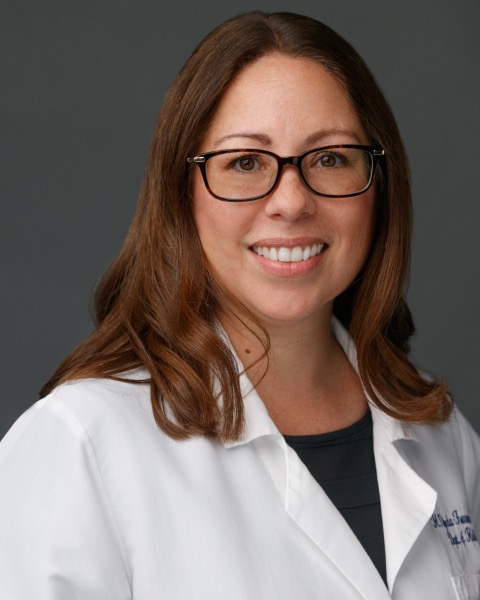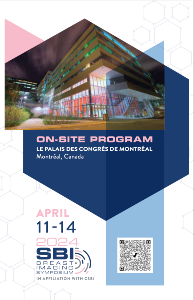Enhancing Inclusivity and Communication for non-English-speaking Patients in Breast Imaging
ePosters

Haydee Ojeda-Fournier, MD, FSBI, FACR
Professor and Medical Director
UC San Diego Health
UC San Diego Health
Presenter(s)
Background: Effective communication in healthcare settings is vital for patient-centered care. This becomes particularly important for non-English proficient patients who are documented to have lower screening rates. The top five languages spoken in the United States include English, Spanish, Chinese, French, and Tagalog. English is the most spoken language in the USA; in some states, it is considered the official language. The Spanish-speaking population in the United States continues growing, with over 41 million people speaking Spanish. Addressing language barriers in breast imaging has become increasingly critical. This abstract explores the significance of creating an inclusive and welcoming environment for non-English-speaking patients undergoing breast imaging procedures, offering essential phrases in multiple languages to healthcare providers, and providing practical tips for fostering an inclusive environment.
Learning Objectives: 1. Understand the importance of addressing language barriers in breast imaging.
2. Learn essential Spanish, Chinese, Farsi, Tagalog, and French phrases to facilitate communication and patient comfort.
3. Gain insights into practical strategies for creating an inclusive environment in breast imaging settings
Abstract Content/Results: - The Language Landscape: Outlines the prevalence of different languages spoken in the United States, emphasizing the need for language inclusivity in healthcare settings.
- The Breast Imaging Setting: Highlight the emotional and physical stress that patients undergoing breast imaging experience, particularly regarding language barriers.
- Essential Phrases for Effective Communication: Ten crucial phrases with transliterations are provided to aid healthcare providers in creating a sense of comfort for non-English-speaking patients.
- Non-Verbal Communication Techniques: Examples of empathic techniques to provide patient comfort.
- Tips for Creating an Inclusive Environment: Practical suggestions for healthcare providers, including the use of interpreters, cultural sensitivity, patient education materials, and fostering empathetic listening.
Conclusion: Creating an inclusive and welcoming environment for non-English-speaking patients in breast imaging is paramount for ensuring equitable and compassionate care. This abstract underscores the importance of addressing language barriers, offers key phrases for healthcare providers, and provides actionable strategies for creating a more inclusive environment. By following these guidelines, breast imagers can significantly improve the patient experience, regardless of linguistic and cultural backgrounds, ultimately enhancing the quality of care provided in breast imaging settings.
Learning Objectives: 1. Understand the importance of addressing language barriers in breast imaging.
2. Learn essential Spanish, Chinese, Farsi, Tagalog, and French phrases to facilitate communication and patient comfort.
3. Gain insights into practical strategies for creating an inclusive environment in breast imaging settings
Abstract Content/Results: - The Language Landscape: Outlines the prevalence of different languages spoken in the United States, emphasizing the need for language inclusivity in healthcare settings.
- The Breast Imaging Setting: Highlight the emotional and physical stress that patients undergoing breast imaging experience, particularly regarding language barriers.
- Essential Phrases for Effective Communication: Ten crucial phrases with transliterations are provided to aid healthcare providers in creating a sense of comfort for non-English-speaking patients.
- Non-Verbal Communication Techniques: Examples of empathic techniques to provide patient comfort.
- Tips for Creating an Inclusive Environment: Practical suggestions for healthcare providers, including the use of interpreters, cultural sensitivity, patient education materials, and fostering empathetic listening.
Conclusion: Creating an inclusive and welcoming environment for non-English-speaking patients in breast imaging is paramount for ensuring equitable and compassionate care. This abstract underscores the importance of addressing language barriers, offers key phrases for healthcare providers, and provides actionable strategies for creating a more inclusive environment. By following these guidelines, breast imagers can significantly improve the patient experience, regardless of linguistic and cultural backgrounds, ultimately enhancing the quality of care provided in breast imaging settings.

